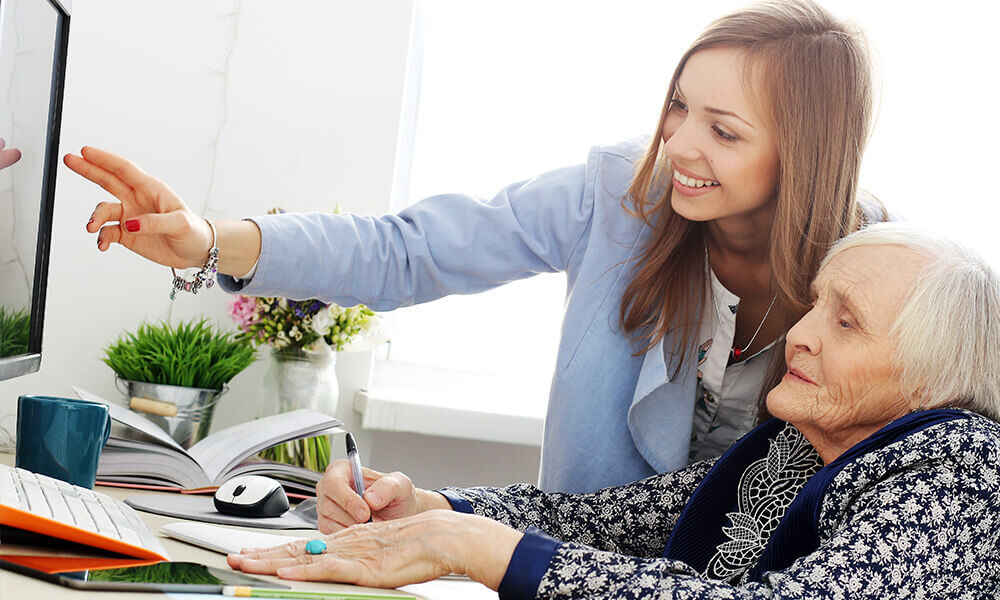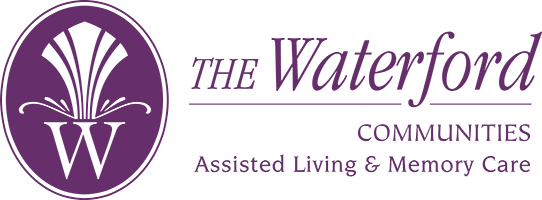What is Multi-Generational Learning?
For centuries, older people have been sought out for their wisdom. The idea of respecting your elders has pervaded multiple cultures throughout history, and this idea is far from wrong. Older people have plenty of wisdom to impart on younger generations. However, there may be a type of learning which has been underutilized. Multi-generational learning, or learning which stems from younger and older people interacting, has provided plenty of valuable insight. Think about a time where you saw an older person learn something from a younger person. For example, many young persons are charged with teaching older relatives how to use technology. This is a way in which the younger person can take charge and impart wisdom, and the older person gets the chance to exercise their brain and learn something new. In this week’s blog, we’ll explore the benefits of multi-generational learning and how it is being implemented in some areas.

Benefits of Younger People Learning from Elderly
The benefits of younger people learning from older generations is well-documented. Whether it’s in a classroom or at home, younger people are taught to heed the wisdom of their elders. This results in actions as fundamental as walking, talking, and reading to more complex social actions such as how to interact with other children, share, and show compassion. Without younger people learning from older people, the standards upon which society was built would cease to exist.
Benefits of Elderly Learning from Younger People
This type of learning is typically how progress continues in society. Especially as technology becomes more and more important in everyday life, learning from this inverted structure can help older people stay abreast of new information and stay mentally acute. Like any muscle, the brain will deteriorate without constant use and exercise. The best way to build memory skills, exercise cognitive functioning, and generally boost your brain is to learn new things. Without an open communication channel between generations, older people lose a valuable source of information which they can tap to live longer, healthier lives.

Implementation of Multi-Generational Learning
Many examples of multi-generational learning have been recorded with great success. One of the most common ways this is done is through using the same facility for both a daycare and a nursing home. While it may sound strange, the presence of children in nursing homes has led to decreased instances of mental decline, reduced blood pressure, and reduced risk of disease in older patients.This is thought to be a result of the excitement and added stimulation which naturally occurs with children in the room. In turn, the residents become teachers and storytellers who impart wisdom on children. Many nursing homes and assisted living facilities near and far have implemented these programs to great success. What do you think? Is multi-generational learning an innovative idea or a passing fad?

